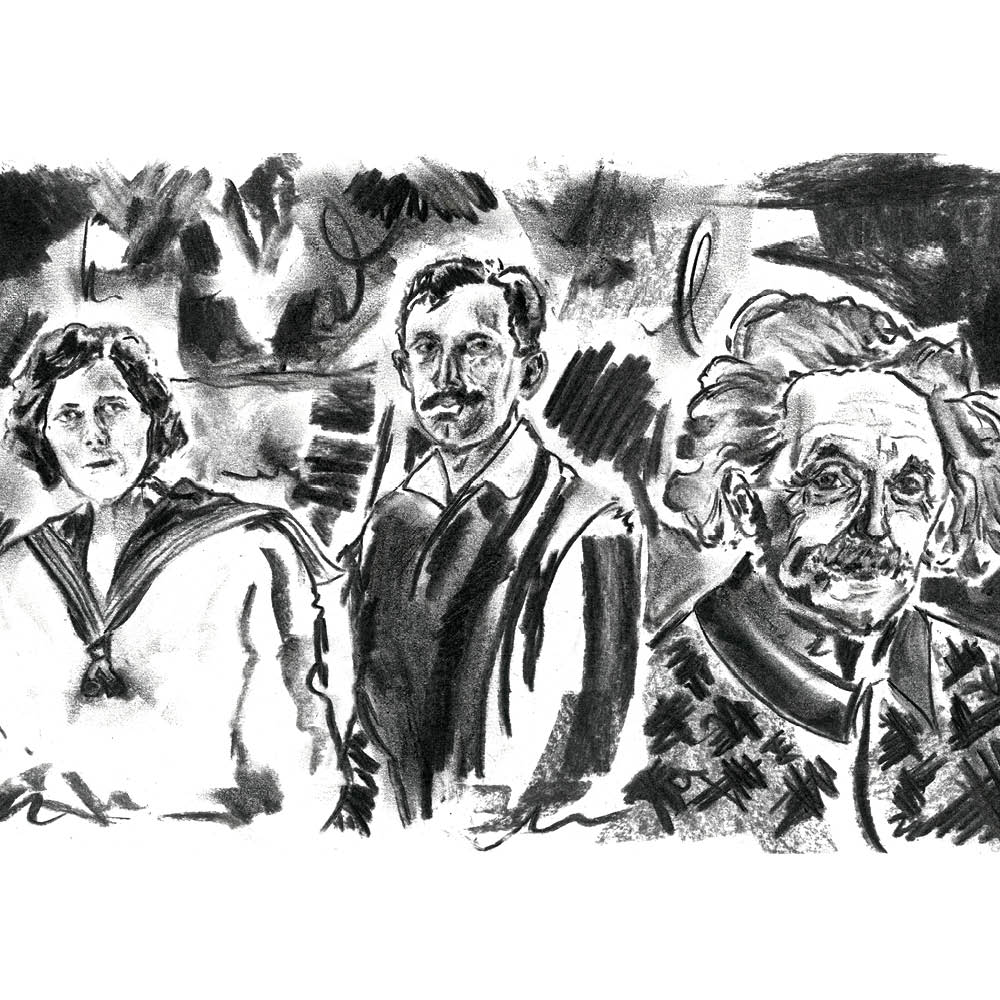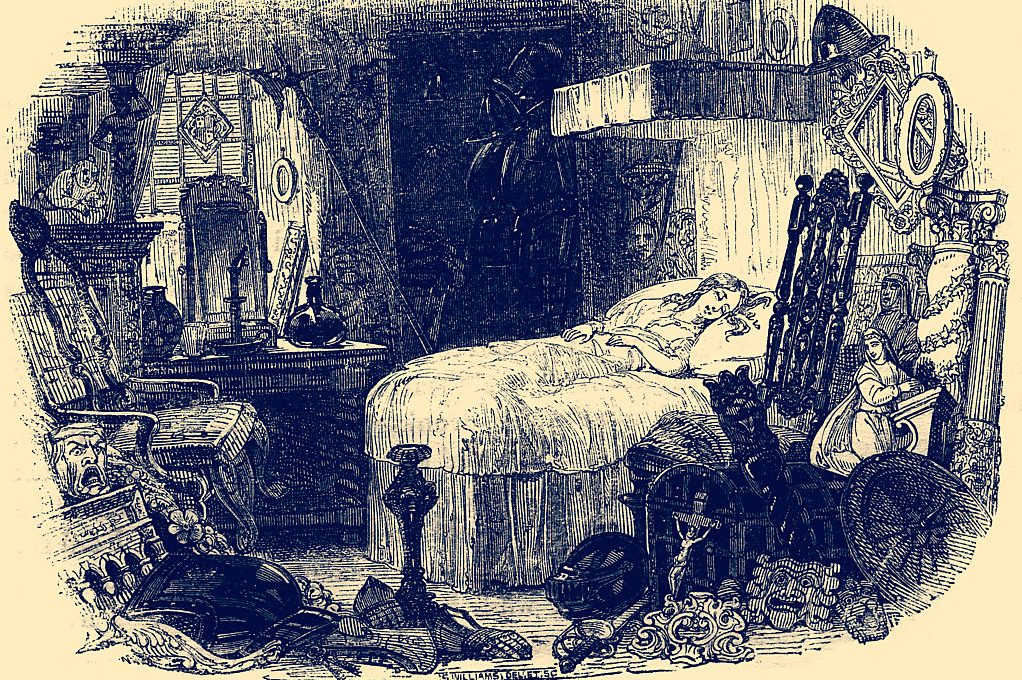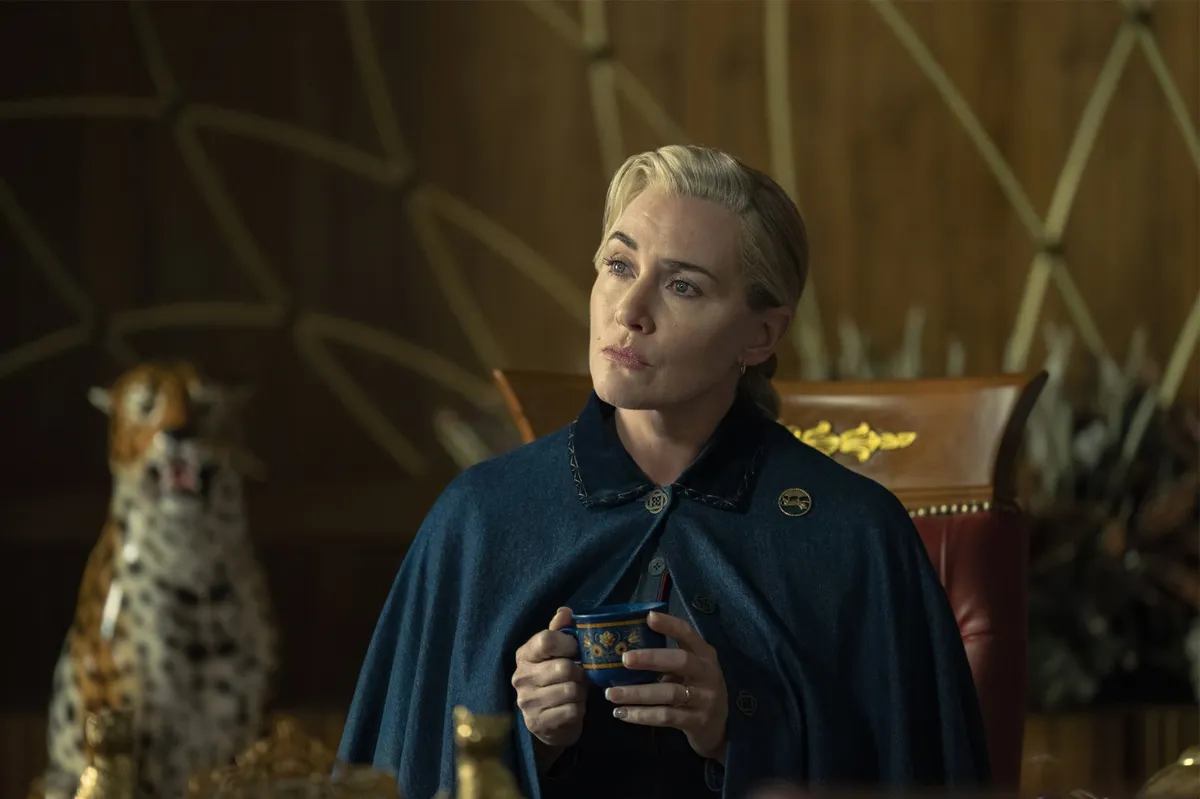What’s in a name? Well, if it’s Einstein, quite a lot. For Roberto Einstein, it was to prove a devastating connection, even though he had lived in Italy all his adult life, was married to an Italian Christian woman, Nina, with whom he had two children who regularly attended church, and was father to two motherless nieces who were brought up Catholic. In 1944, the increasingly paranoid German occupation decided that Roberto’s whole family was Jewish and inextricably linked to the world-famous Nobel prizewinning scientist Albert Einstein, now in America and high on the Nazi death list.
There were connections, of course. Roberto and Albert were first cousins — their fathers were brothers — and were both committed atheists. Their fathers had moved from Germany to Italy in the 1890s when the family engineering business was hit by financial decline. Albert was educated in Germany and Switzerland and was at the University of Berlin when Hitler came to power in 1933; he stayed in the United States after a visit that year. Roberto, trained as an engineer, was a gentleman farmer in Tuscany — he had always loved the countryside and in 1937 bought a large estate crammed with peach trees surrounding his beautiful villa Il Focardo outside Florence.
Italy had a Jewish population since ancient times; in the late 1930s, there were about 44,500 Jews there. Although at first Mussolini did not seem especially antisemitic, his growing closeness to and subsequent military alliance with Hitler and the Nazis soon changed that.
In 1943, after Allied forces landed in Sicily, Mussolini was deposed but managed to escape and reassert himself just as German forces were sweeping into northern Italy. As the situation for Jews became ever more fraught, Roberto and Nina resolved at first to stay together in the villa. But when German soldiers came looking specifically for “Robert Einstein, the cousin of Albert Einstein” it was a threat they felt they could not ignore. Roberto decided it was best if he went into hiding in the nearby woods, believing the Christian women in the villa could not possibly be a Nazi target. He was unfortunately mistaken.
Albert Einstein was not only the most famous Jew in the world, he was especially despised by the Nazis because, since he was helping the US military, he was a direct threat to the Reich. They put a price on his head. He, however, was unreachable; his Italian cousin was a much easier target.
When a German unit arrived at Villa Focardo in the early days of August 1944 looking for Roberto, they were met by a dozen or so women who refused to give away his whereabouts. Furious at their obstinacy, the Germans brutally executed Roberto’s wife and children in cold blood, locked the nieces in a barn, and then set fire to the house. Harding’s book, based on evidence he has pieced together from numerous sources, makes for deeply shocking reading. Having accused the women of spying, the soldiers presumably believed their actions were justified. They moved on from the atrocity, confident that their identities would never be known. Having heard the gunshots, Roberto was overcome with guilt at his decision to leave the women in the villa. He took his own life less than a year later.
Thomas Harding has carved out a significant reputation as a prize-winning writer in a variety of genres including crime and children’s books. His major successes have used his own family narrative to evoke the wider significance of a story. In his latest book, he has taken the appalling tragedy of the Einstein family and described in gripping detail not simply the violent deaths of the women but examined why it has taken so long to bring the perpetrators to justice or secure any kind of recompense for surviving relatives, a battle that is unbelievably still ongoing eighty years later.
The first investigation took place in September 1944 when Major Milton Wexler, a former New York criminal attorney, arrived in Italy with four members of the newly established US War Crimes Commission to take witness statements including a long, occasionally rambling, one from Roberto himself. Albert Einstein, according to a hitherto secret US government file Harding reviewed, was extremely worried about the fate of his cousin. But, once the war was over, the crimes against the Einstein family went largely forgotten and the files were closed. Nations needed to move forward and rebuild.
It was not until 1994 that interest in the case revived after an entire cupboard full of war crimes files was discovered. This “wardrobe of shame” provided the spur for several dogged individuals to pursue the likely murderers more than sixty years later. One Italian historian was convinced after years of research that he had identified the captain responsible, only to find that his painstakingly acquired evidence was impossible to prove conclusively.
Nina’s nieces, Lorenza and Paola, who were rounded up with her that day and locked in the nearby barn, were questioned and requestioned well into their old age. There was even a call for witnesses made on German national television, hoping to attract those who might know some of the junior soldiers not directly involved in the killing, and Italy’s leading war crimes prosecutor, Marco de Paolis, also entered the fray.
In 2016 there seemed to be a breakthrough. Nina’s then eighty-nine-year-old niece, Lorenza Mazzetti, requested a further interview, believing she had identified the murderer from newspaper photographs.
But not even the most advanced twenty-first century fingerprinting techniques (scraps of paper from the death scene had been preserved but were too degraded to use) proved conclusive.
Harding feared that finding any form of justice for the Einstein family now appeared more hopeless than ever. Three possible names of perpetrators had emerged, but none could be proven without doubt to be the man who pulled the trigger.
And yet, although the book might have ended on a downbeat note, with Harding admitting that no individual soldier or officer will have been found guilty of the murders, it is possible that some resolution may be found. Roberto Einstein’s great-niece, Paola’s daughter Eva Krampen Kosloski, filed a claim for up to €250,000 on behalf of the Einstein family with the Italian government more than sixty years later, and may yet be successful. She has insisted that her fight is not about money, but about both the Italian and German governments finally acknowledging that what happened on August 3 1944 was indeed a terrible war crime and must be recognized as such.
It is not too late for that at least, and if Harding’s finely researched, superbly written and deeply important book fulfills its purpose, this particular vendetta will have found a resolution.
This article was originally published in The Spectator’s March 2025 World edition.























Leave a Reply